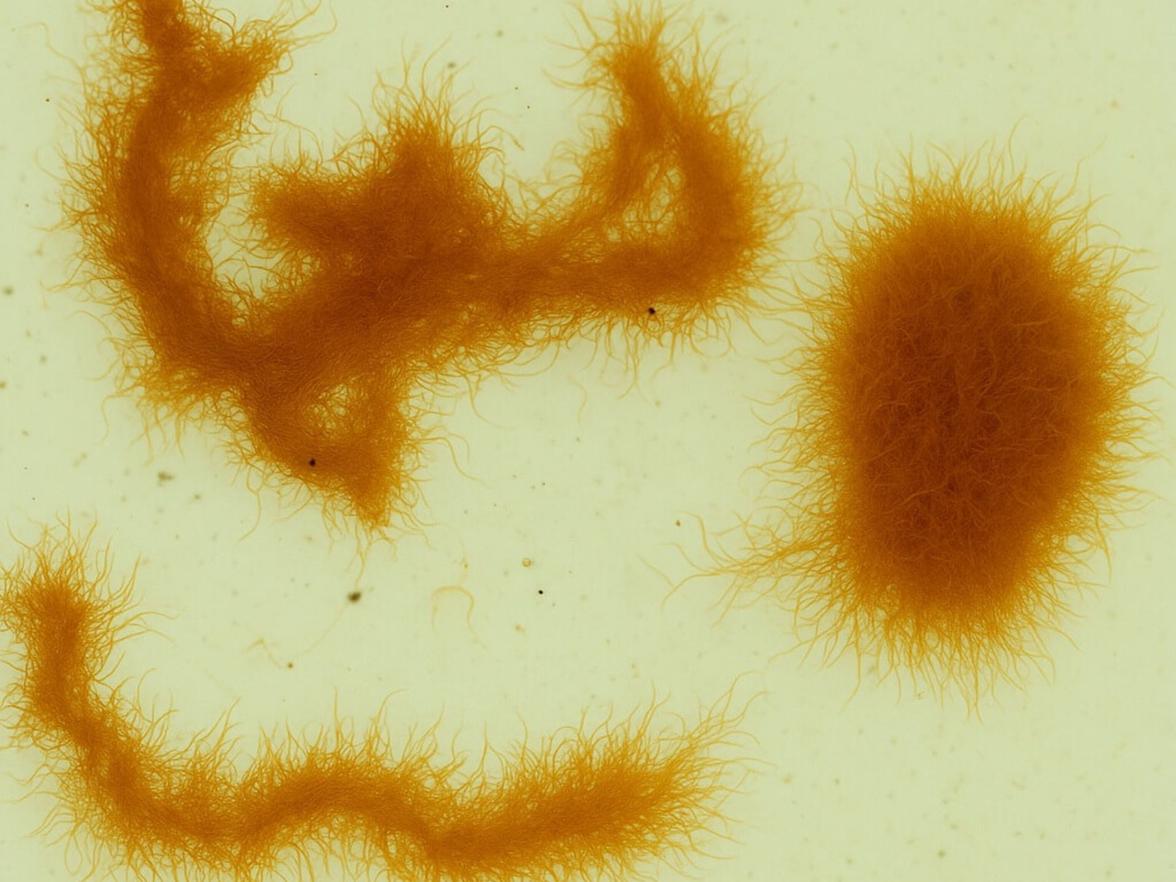Auloforus – excellent live food for fry as well as adult fish
Aulophorus furcatus (also known as Auloforus, Dero worm, Microflex, Microworms) is a small worm from the order Oligochaeta, related to nematodes, which is used in aquaristics as live food. It is ideal for feeding fry, smaller species of fish, and some invertebrates due to its fine size and movement that triggers the natural hunting instinct in fish.
🧬 Characteristics
Size: approx. 1–2 mm in diameter, length up to several centimeters (usually 1–3 cm)
Color: translucent white to pinkish
Movement: swims or undulates in the water column, sometimes forming colonies on the substrate surface
Habitat: freshwater, often found in biofilm and on sediments
🎣 Use of Dero worms in aquaristics
Auloforus is suitable:
- as excellent food for freshly swimming fry (e.g., livebearers, labyrinth fish, tetra fish), fish fry, as well as juvenile and adult fish
- also for small fish (e.g., rasboras, borneo suckers, pseudomugils)
- for demanding species of fish during recovery or breeding periods
The natural movement of Auloforus stimulates fish to hunt and aids in their healthy development and growth. Another advantage is that there is zero risk of introducing any diseases to aquarium fish when breeding at home, as Dero worm reproduces by division.
🧰 Breeding and Harvesting
- cultivation is similar to that of micro-worms: moist substrate (sponge, preferably bio-sponge, filter wool), water with a high organic content.
- can also be bred in a closed plastic container submerged underwater
- fed with finely ground oatmeal or blended flakes
- harvested by scraping worms from the surface or through a fine sieve.
- Auloforus colonies have an enormous reproductive capacity
- in overstocked or poorly maintained tanks, Auloforus can overpopulate and signal an excess of nutrients in the aquarium. On the other hand, overpopulation does not necessarily cause any harm.
Auloforus is an excellent supplementary live food for aquaristics, appreciated by both beginners and advanced breeders when raising more sensitive species of fish. It is easily available, simple to breed, and due to its delicacy and movement, it is ideal even for the smallest fish.

